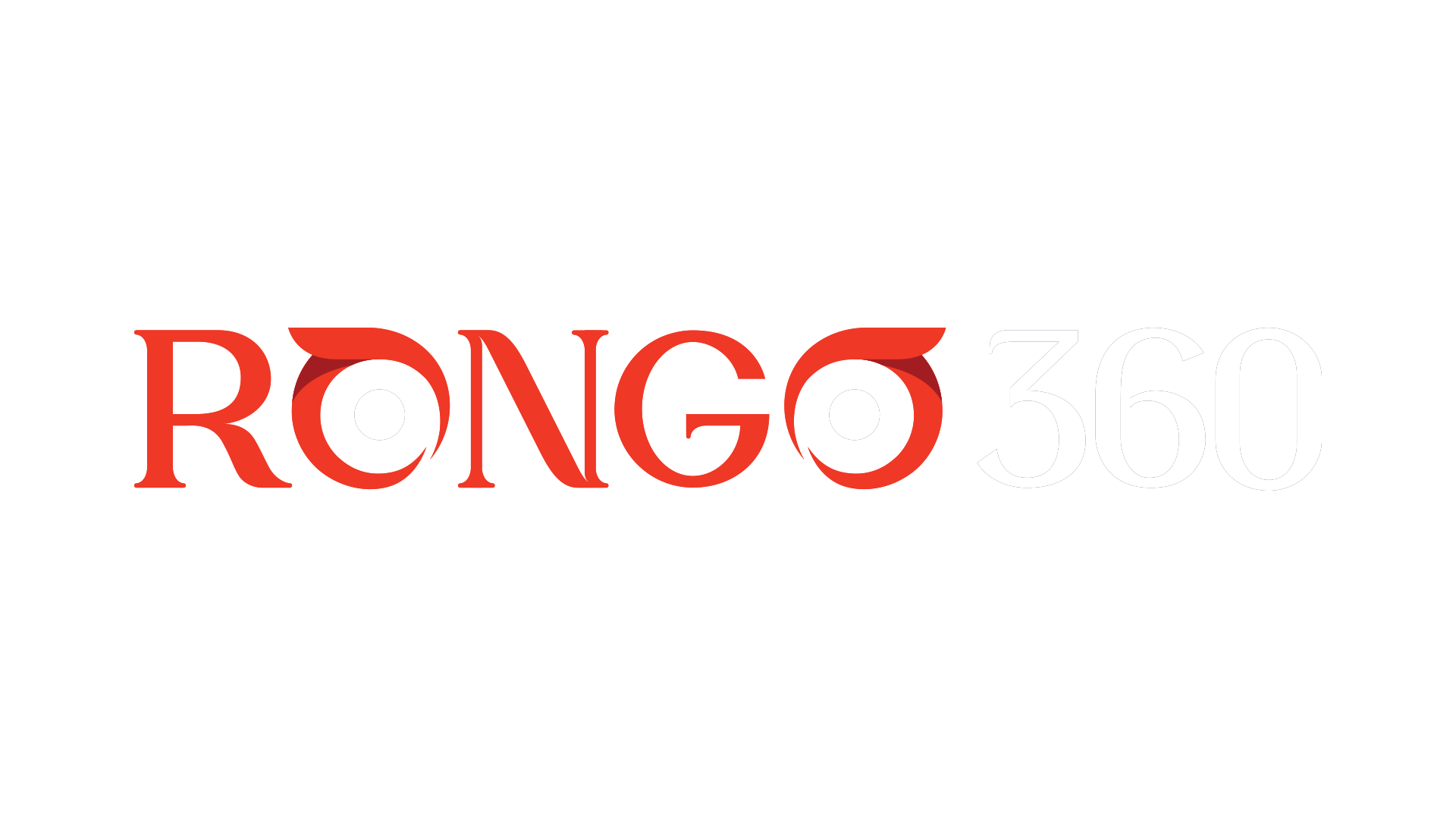January 14, 2024
By
rongo360
1. Multichannel Outreach:
- Engage voters across various platforms – social media, email, traditional media, and events.
- Diverse channels ensure maximum exposure and resonance with different demographics.
2. Data-Driven Voter Insights:
- Utilize data analytics to gain deep insights into voter behavior and preferences.
- Informed decision-making based on data enhances the effectiveness of campaign strategies.
3. Integrated Social Media Strategies:
- Seamlessly integrate social media campaigns for consistent messaging.
- Leverage analytics to refine social media strategies and capitalize on trending topics.
4. Strategic Content Tailoring:
- Craft compelling content tailored to different channels and audience segments.
- Utilize AI tools for content optimization and relevance in line with political objectives.
5. Precision Targeting through Ads:
- Implement targeted advertisements across online and offline channels.
- Maximize advertising efficiency by focusing on specific demographics and key constituencies.
6. Community Engagement and Events:
- Organize events and community outreach initiatives for direct voter interaction.
- Blend online and offline activities to strengthen ties with local communities.
7. Crisis Management Protocols:
- Monitor online sentiment and swiftly address issues through strategic communications.
- Build and maintain a positive online reputation, crucial in political landscapes.
8. Consistent Branding Strategies:
- Establish and maintain consistent branding across all campaign materials and touchpoints.
- Recognizable and unified branding contributes to increased voter trust and recognition.
9. Real-Time Feedback Collection:
- Implement mechanisms for collecting real-time feedback from voters.
- Rapid feedback loops allow for immediate adjustments and responsiveness to voter concerns.
10. Agile Campaign Optimization:
- Continuously optimize campaign strategies based on performance metrics and real-time data.
- An agile approach ensures adaptability to changing political dynamics.
11. Micro-Targeting Techniques:
- Implement micro-targeting strategies to address specific voter segments with tailored messages.
- A more granular approach enhances the relevance of campaign communications.
12. Social Listening for Trends:
- Employ social listening tools to identify emerging trends and public sentiments.
- Leverage insights for timely responses and alignment with public discourse.
13. Mobile Optimization:
- Optimize campaign content for mobile platforms to reach voters on the go.
- Mobile-friendly strategies cater to the increasing use of smartphones in political engagement.
14. Geotargeting for Local Impact:
- Use geotargeting to tailor messages and outreach efforts to specific geographical areas.
- Localized strategies resonate more effectively with regional voter concerns.
15. Collaborative Partnerships:
- Establish partnerships with influencers, community leaders, and organizations.
- Collaborations extend the campaign's reach and credibility within diverse communities.
16. Innovative Gamification Strategies:
- Incorporate gamification elements to engage voters in interactive and entertaining ways.
- Innovative approaches enhance voter participation and campaign visibility.
A comprehensive 360-degree political marketing strategy embraces a multifaceted approach, leveraging technology, data, and targeted engagement to ensure a successful and impactful political campaign.






